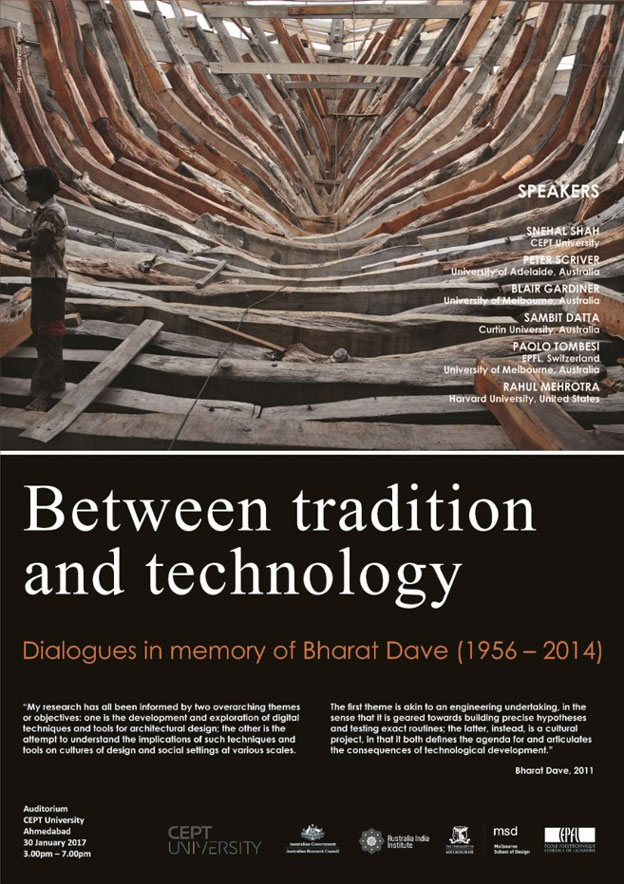
In the course of a career spanning over 60 years, Romaldo Giurgola traversed several professional territories, from Italy to America, America to Australia, Australia to Asia. The work produced in each locale owes as much to the architect’s understanding of the context as it does to his personal background and his uncanny ability to bring it to the fore when it matters. Many of the buildings thus created have become the powerful expression of a paradox: uniquely place-defining in light of their being conceived by an outsider.
In an architectural world increasingly defined by loose geographic boundaries, Giurgola’s conceptual practice provides a useful compass in the search for meaning and relevance of contemporary professional nomadism.

Agencies of technological change in contemporary building:
Reflective evidence from the Australian industry
By-and-large, literature on building projects deals with design as a product rather than a social activity. Space and physical components are described whilst underlying professional transactions are overlooked.
Transactions are made complex by the collective nature of building design work and the temporariness of the coalitions formed around specific projects. Technical cultures that deal with diversity and variation ‘within reason’ develop by having actors share a conventional (and thus mutual) understanding of the work required and the protocols involved.
But what happens to these cultures when the projects they are called on to support imply the use, or seek to embrace, innovative digital technologies that are by definition (or as yet) external to such cultures, and may redefine loops or the conventions on which they are based?
The analysis of building projects on the basis of defined social roles and the transactions they help take place indicates that technological uptakes may rely on rationales which are not necessarily internal to the technology. In which case, technological adoption relies on the existence of a ‘community of practice’ and the ability of its actors to drive, enable, or endure innovative processes. Yet existing ‘contextual’ industrial capacity outside such community constitutes an important factor to consider when preparing for adoption.
(This presentation is the result of work developed under the aegis of the Australian Research Council Discovery Funding Program, for a project entitled Digital fabrication technologies: Analysing patterns of adoption and innovative transformations in architectural design and practice (Grant DP110102625)

Link image (previous page): CEPT University, TOMBESI (2017); bottom images: design and building tools, TOMBESI (2018)